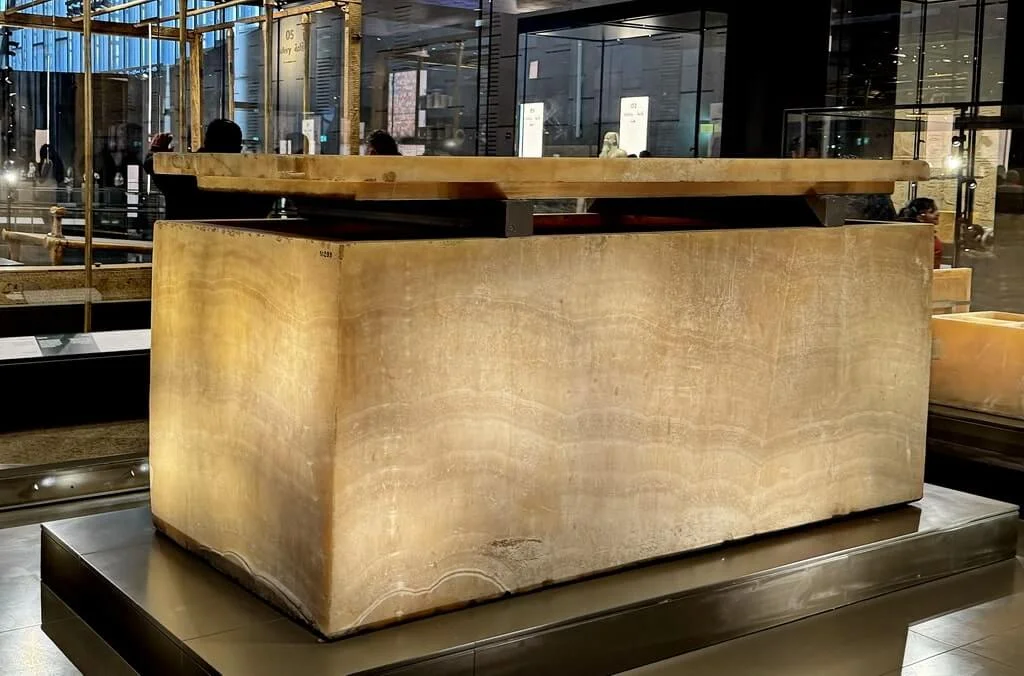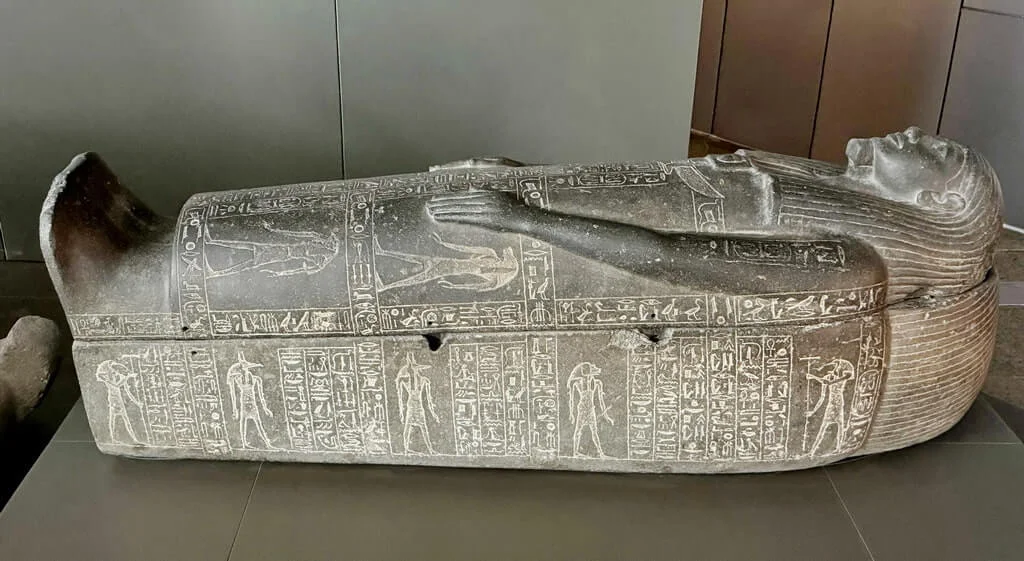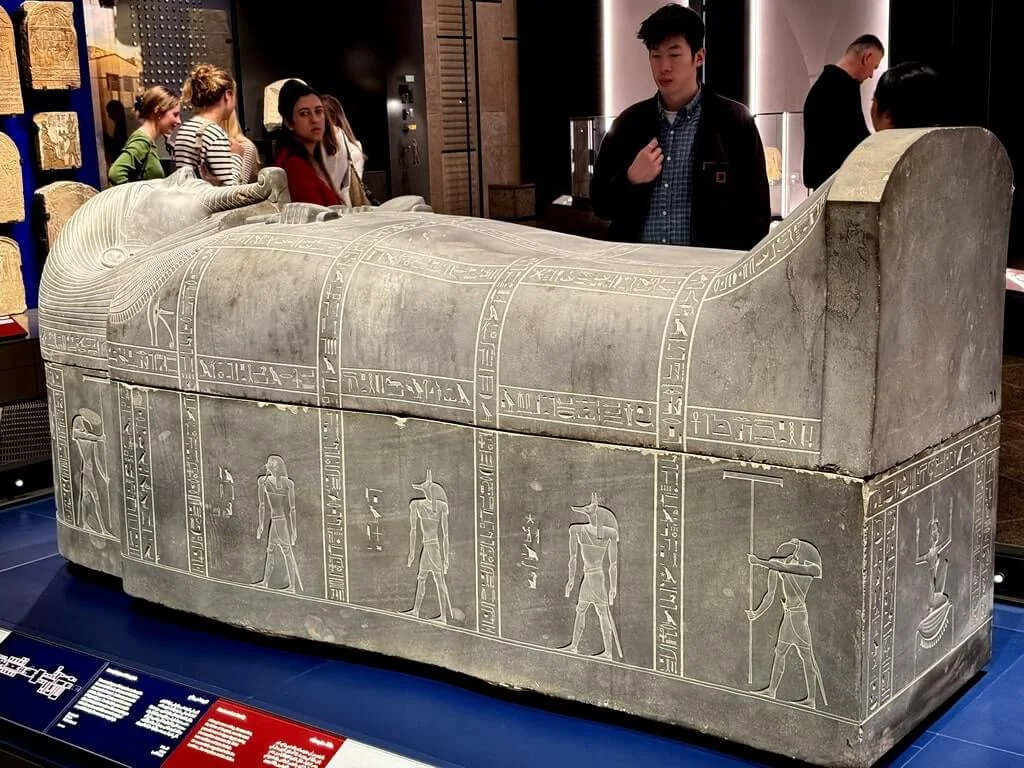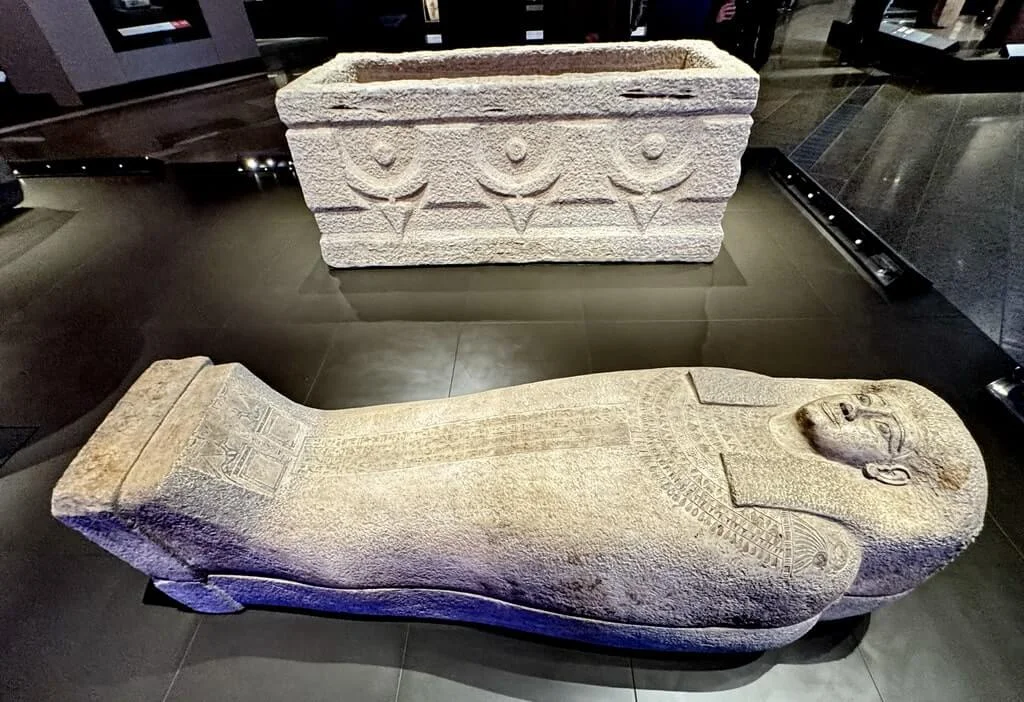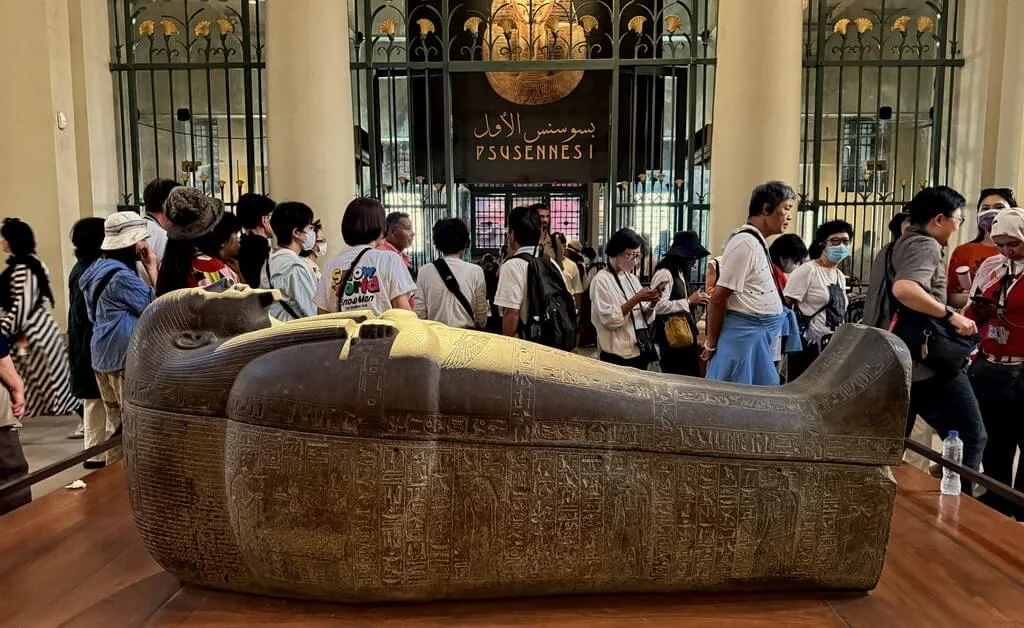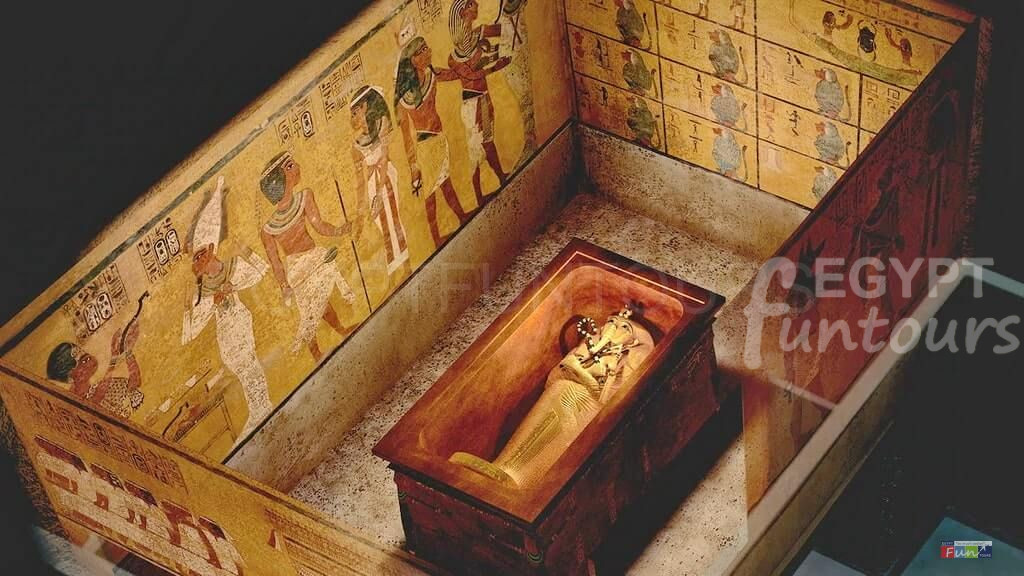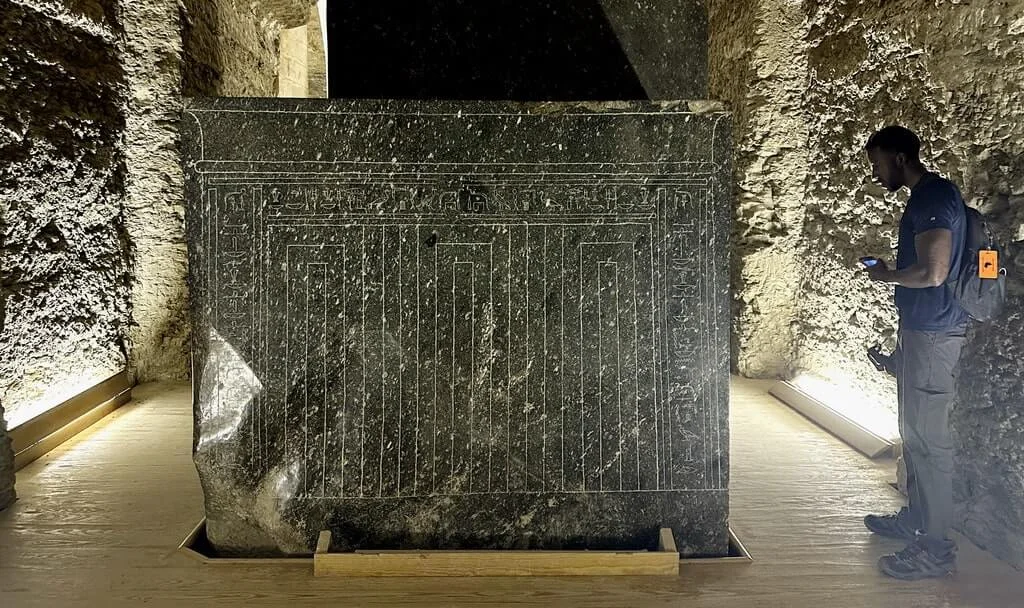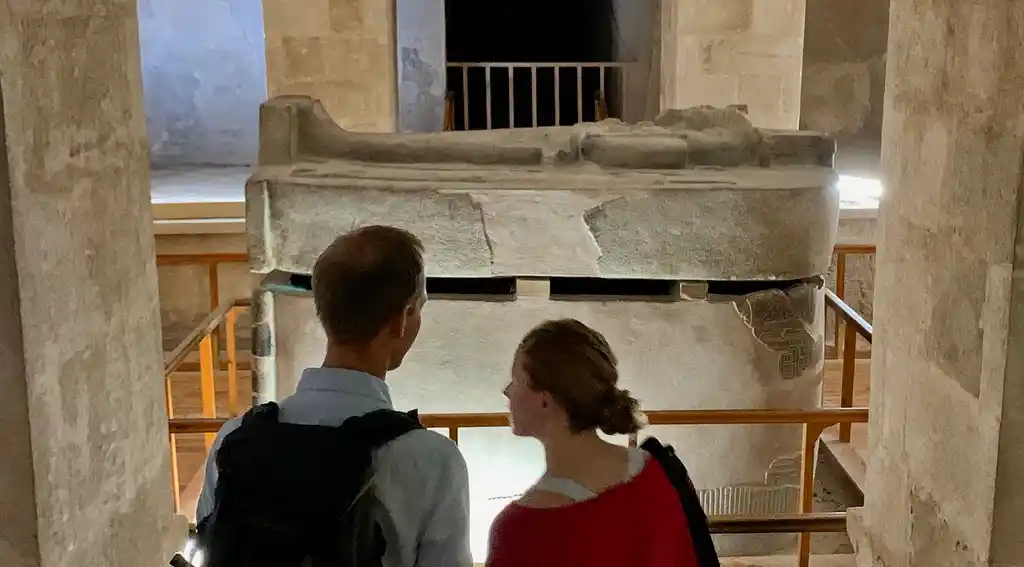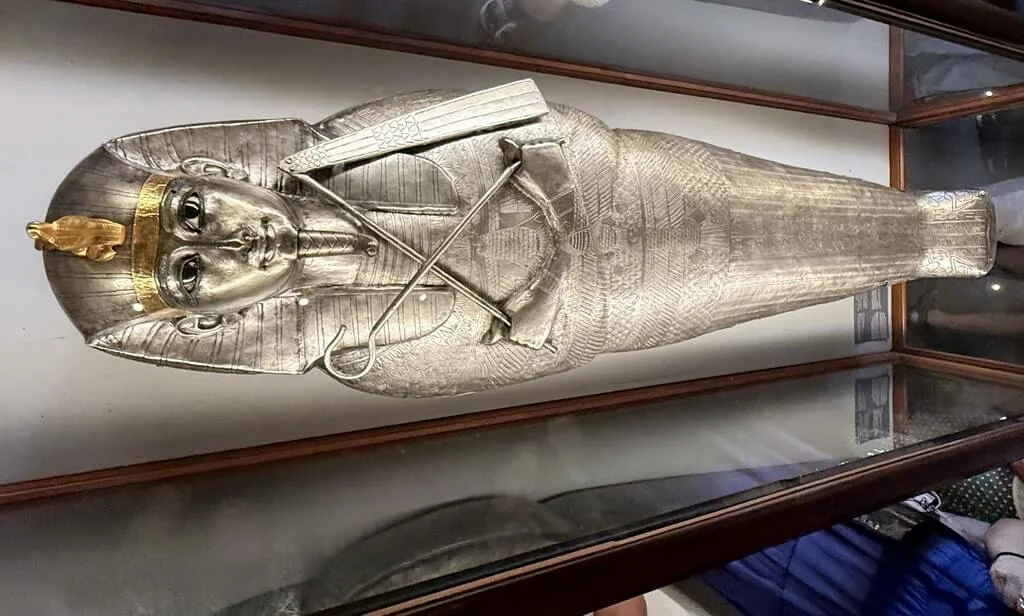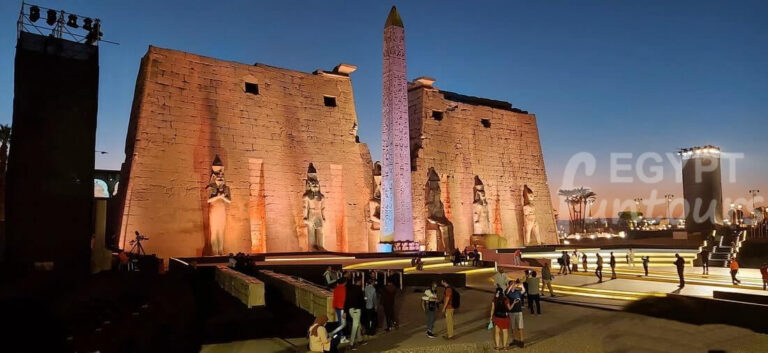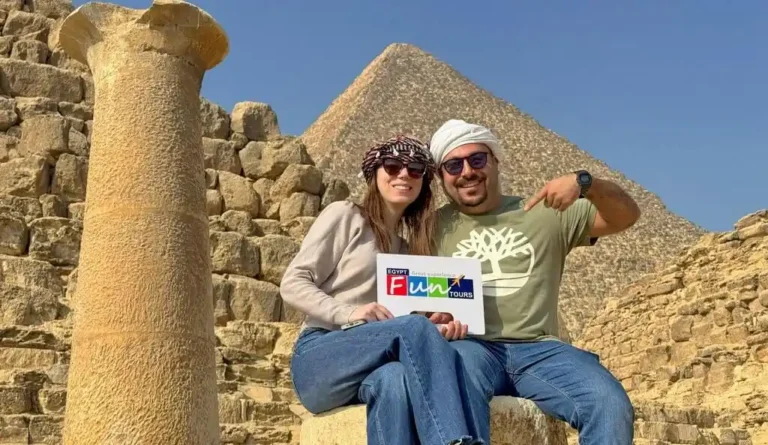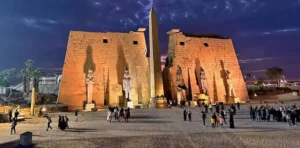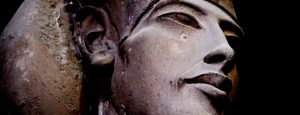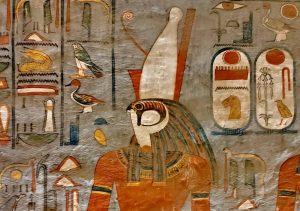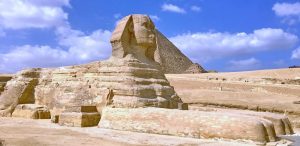What Is an Ancient Egyptian Sarcophagus?
“Sarcophagus” is the Greek term for the ancient Egyptian stone coffins. This word has a specific meaning, derived from two Greek words: “Sarc” (σάρξ), which means “flesh,” and “Phagus” or “Phagin” (φαγεῖν), which means “eat,” “eating,” or “eater.” Together, these two words form “sarcophagus,” which translates to “flesh-eating” or “flesh eater.” The oldest known sarcophagi discovered to date belong to the pharaohs of the 3rd dynasty, who ruled from approximately 2686 to 2613 BCE. These ancient coffins served as the eternal resting places for the deceased.
Why “Flesh-Eater”? The Story of the Name
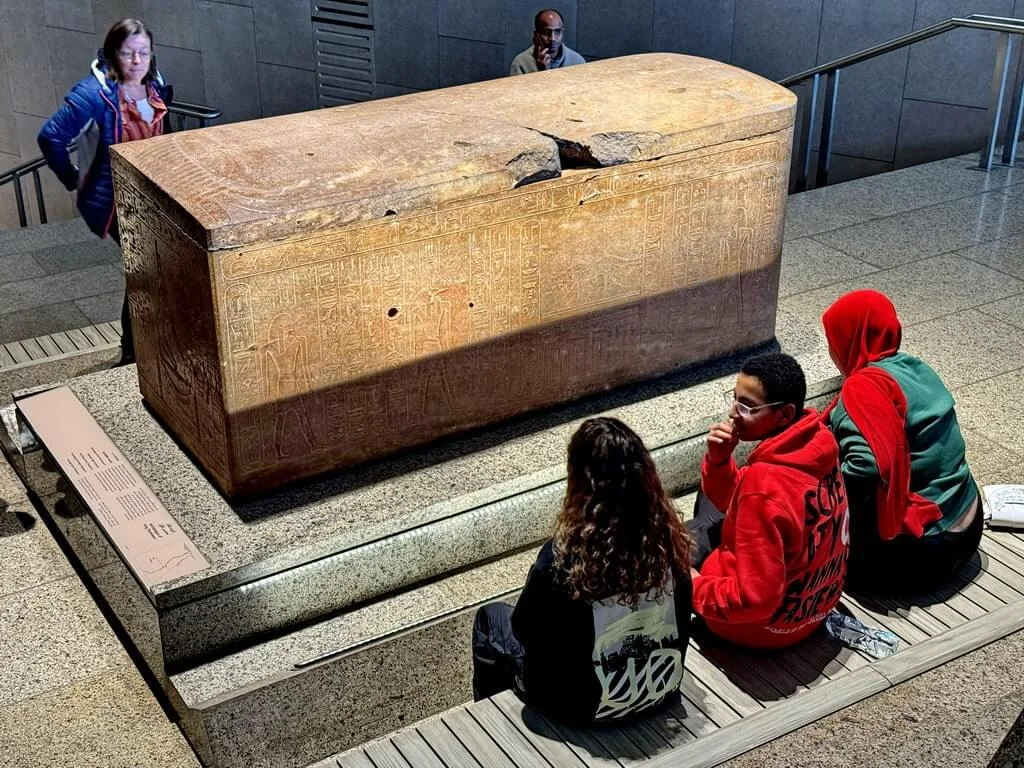
The name originated with the ancient Greeks. They used a specific type of limestone for their own coffins, which they believed had chemical properties that quickly dissolved the flesh of the deceased. When they later traveled to Egypt, they saw the grand stone coffins of the pharaohs and applied their own existing term, “sarcophagus,” to them.
Ironically, the Egyptian purpose was the exact opposite. While the Greeks saw a “flesh-eater,” the entire goal of an ancient Egyptian sarcophagus was to be a “flesh-preserver.”







